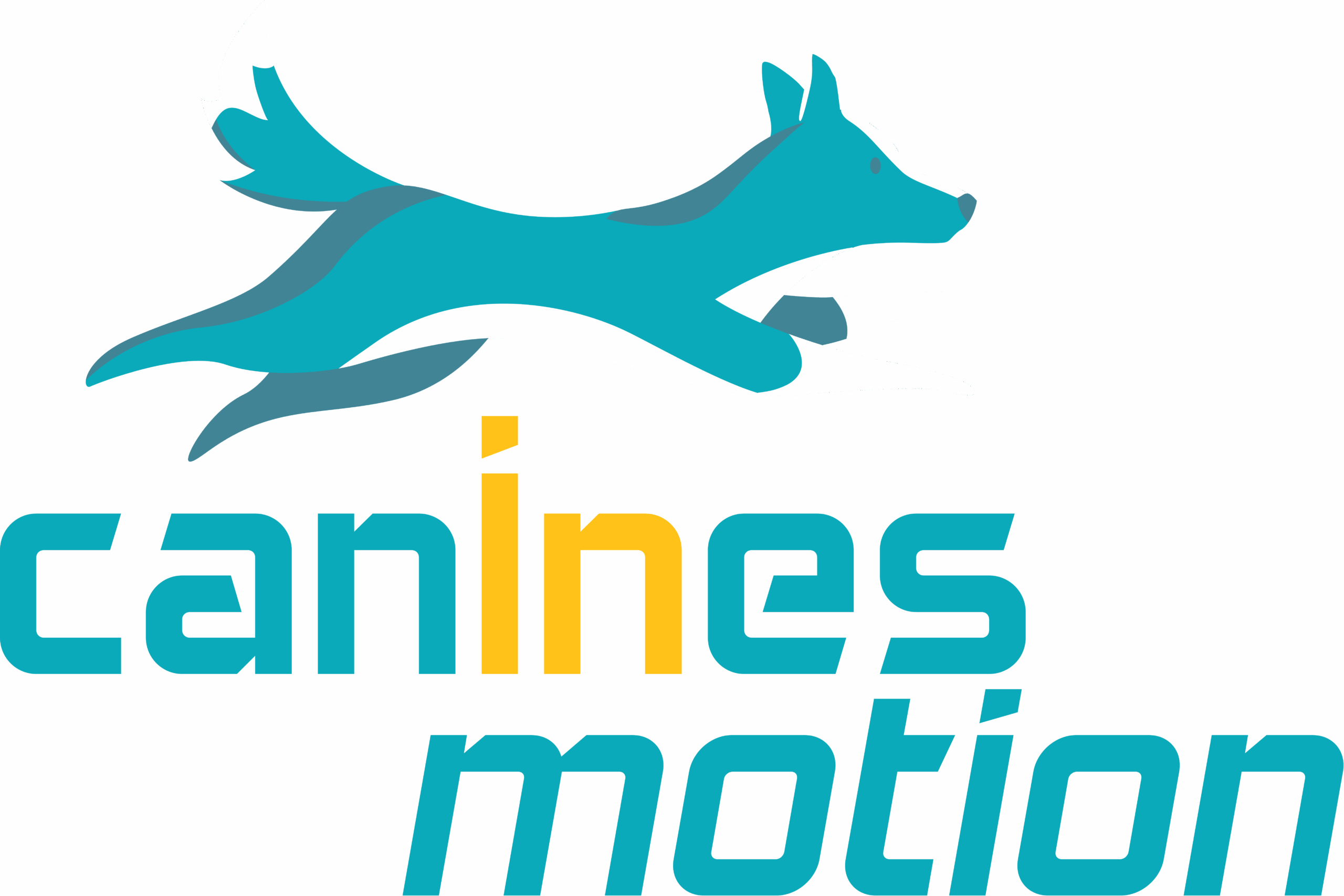What is sport Science, Really?
When people hear sport science, they often picture elite athletes, heart rate monitors, and complex spreadsheets. And sure — that’s part of it. But that image barely scratches the surface of what sport science really means, especially in the context of dog sports.
Sport science is the study of how we move, learn, and perform.
At its core, it’s about understanding the elements that drive performance — and how we can support athletes, human or canine, to do what they love safely, sustainably, and with confidence.
A Framework That Changed My Thinking
Years ago, when I was training my dog Recess at the elite level, I started borrowing from a model used by High Performance Hockey Canada. Their long-term player development framework breaks performance into four domains:
- Physical – strength, speed, agility, recovery
- Mental – focus, resilience, confidence
- Technical – foundational movement skills
- Tactical – decision-making, strategy, and timing
Even though it was designed for human athletes, this model changed how I trained. It gave me language and structure to support my dogs as full-spectrum athletes — not just in what they could do, but in how they thought, recovered, and grew.

What It Looks Like in Canine Sport
In dog sports, we often zero in on technical drills — contacts, weave entries, jump arcs. But sport science reminds us that performance is a bigger picture:
- Is the physical foundation there to support the task?
- Are we building the skill progressively with clarity?
- Are we watching for fatigue or cognitive overload?
- Are we designing environments where dogs can succeed and recover?
Sometimes sport science looks like a biomechanical analysis of jumping form.
Sometimes it’s understanding skill acquisition in a learning phase.
And sometimes it’s just recognizing that a dog’s hesitation isn’t disobedience — it’s uncertainty, or a gap in training or signs of an injury.
Why Now?
Over the past decade, I stepped back from international-level competition to focus on research and raising a family. But I never stopped thinking like a coach — and a scientist.
Now, as I return more fully to the sport, I see a growing appetite for deeper conversations. There’s a lot of great information out there — but it’s fragmented, inconsistent, and often hard to apply.
That’s why I created Canines in Motion.
To help close the gap between research and real-world training.
What This Site Is — And Isn’t
This isn’t a method.
This isn’t a sales funnel.
This is a mindset.
A space where we value evidence, respect experience, and stay curious — always. Where performance matters, but well-being matters more. And where we hold space for the big questions, even when the answers take time.
Because work shouldn’t hurt.
And that includes sport.

1 Comment
[…] It’s a collection of ideas I’ve found helpful, and maybe you will too. If you’ve read this post on building technical skill, you’ll recognize some of the same themes […]